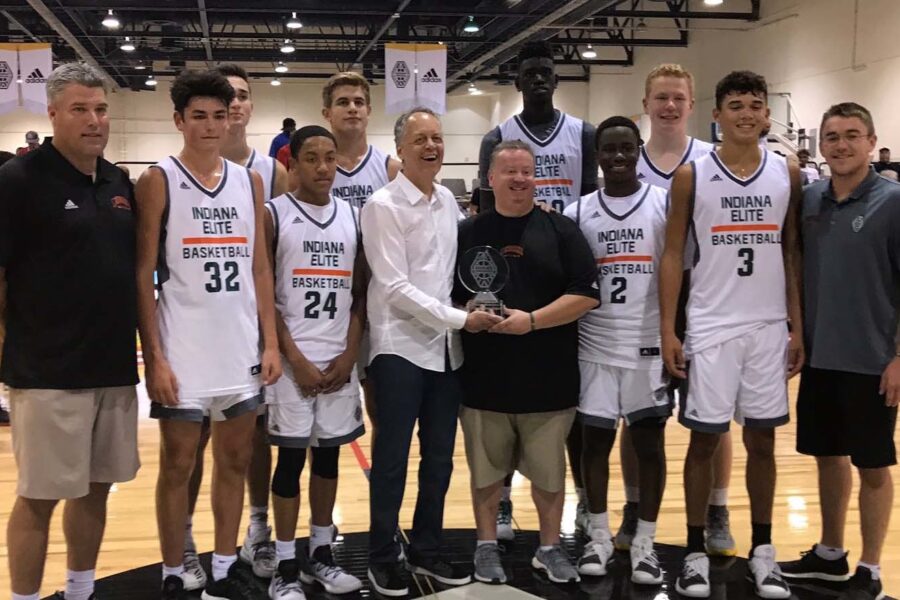High-Profile Club Basketball Teams Are Reaping the Rewards of Video

Indiana Elite Basketball began using video to improve and promote its players’ performances a few years ago — now other teams are noticing this NBA pipeline’s success.
The Indiana Elite Basketball club has earned quite the reputation over the past 15 years. It has seen 17 alumni go on to the NBA, including Eric Gordon, Mason Plumlee and Cody and Tyler Zeller, and has sent dozens more to various colleges. When the Elite take the court, college recruiters take notice.
It’s common for one of the club’s coaches or co-director Mike Fox to be approached by recruiters who were impressed by a certain prospect and want to see more video of him. As recently as five years ago, this exchange was a laborious task—but no more.
Indiana Elite implemented Hudl a few years ago, giving the club easy access to video and a streamlined process to create highlight videos and share full games with recruiters. Now other clubs are taking notice.
“When other teams see us using Hudl, they’re trying to figure out what we’re doing,” Fox said.
“It was nonexistent two or three years ago. Now clubs are doing it. It’s already been ingrained at the high school level, and now it’s actually going to the club level.”
To get college coaches interested, Indiana Elite has to first develop talent. A nationally-recognized club, the Elite doesn’t have a hard time attracting gifted athletes. But the club aims to help them capitalize on their potential and fully maximize their ability.